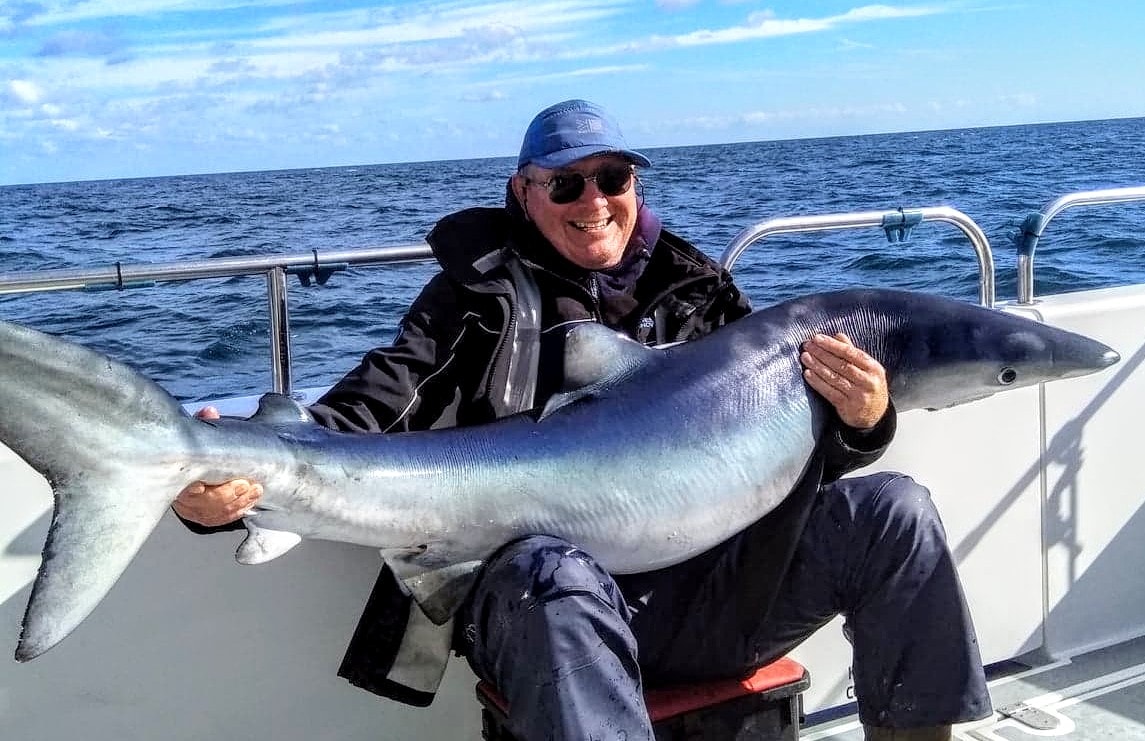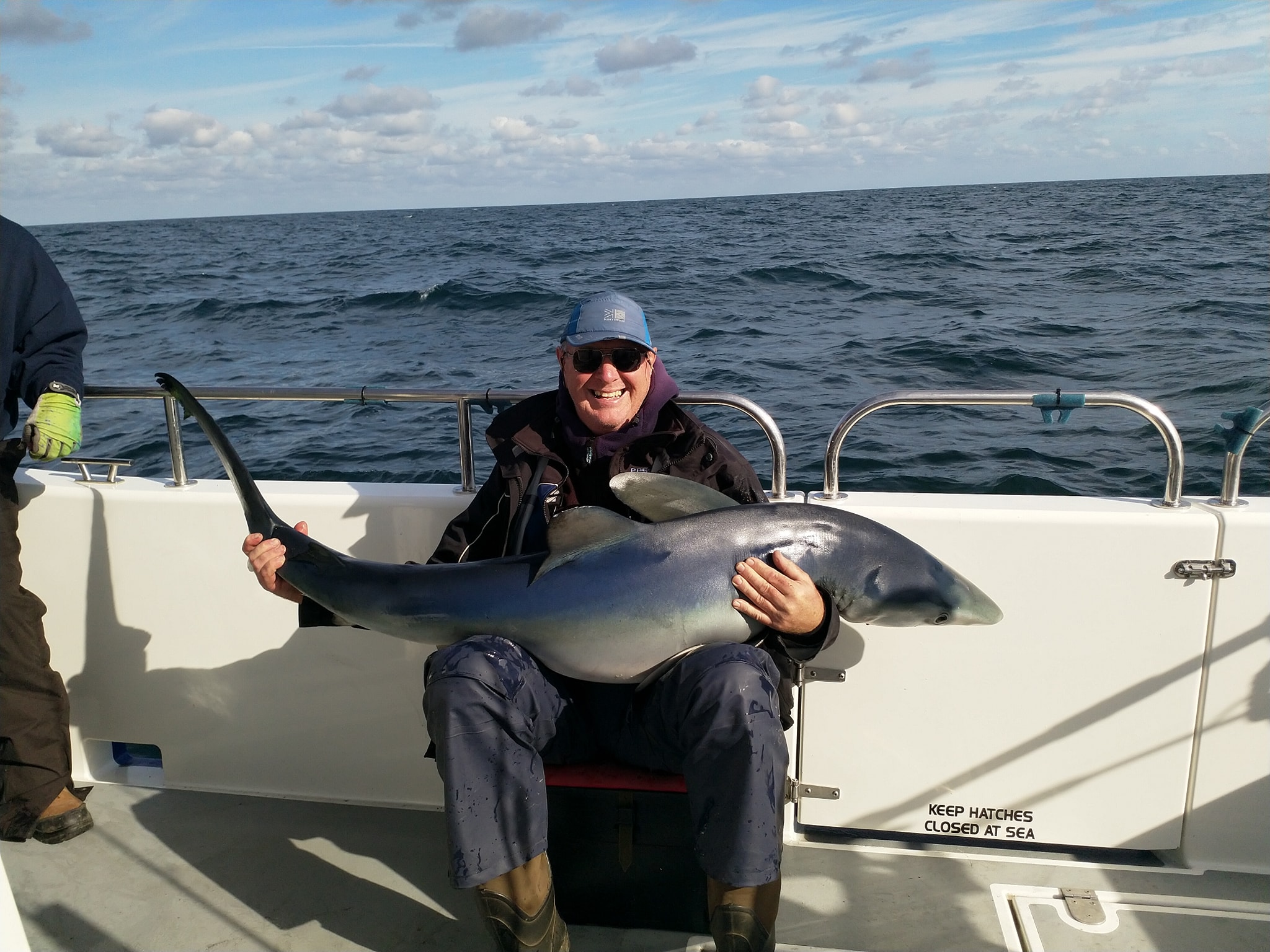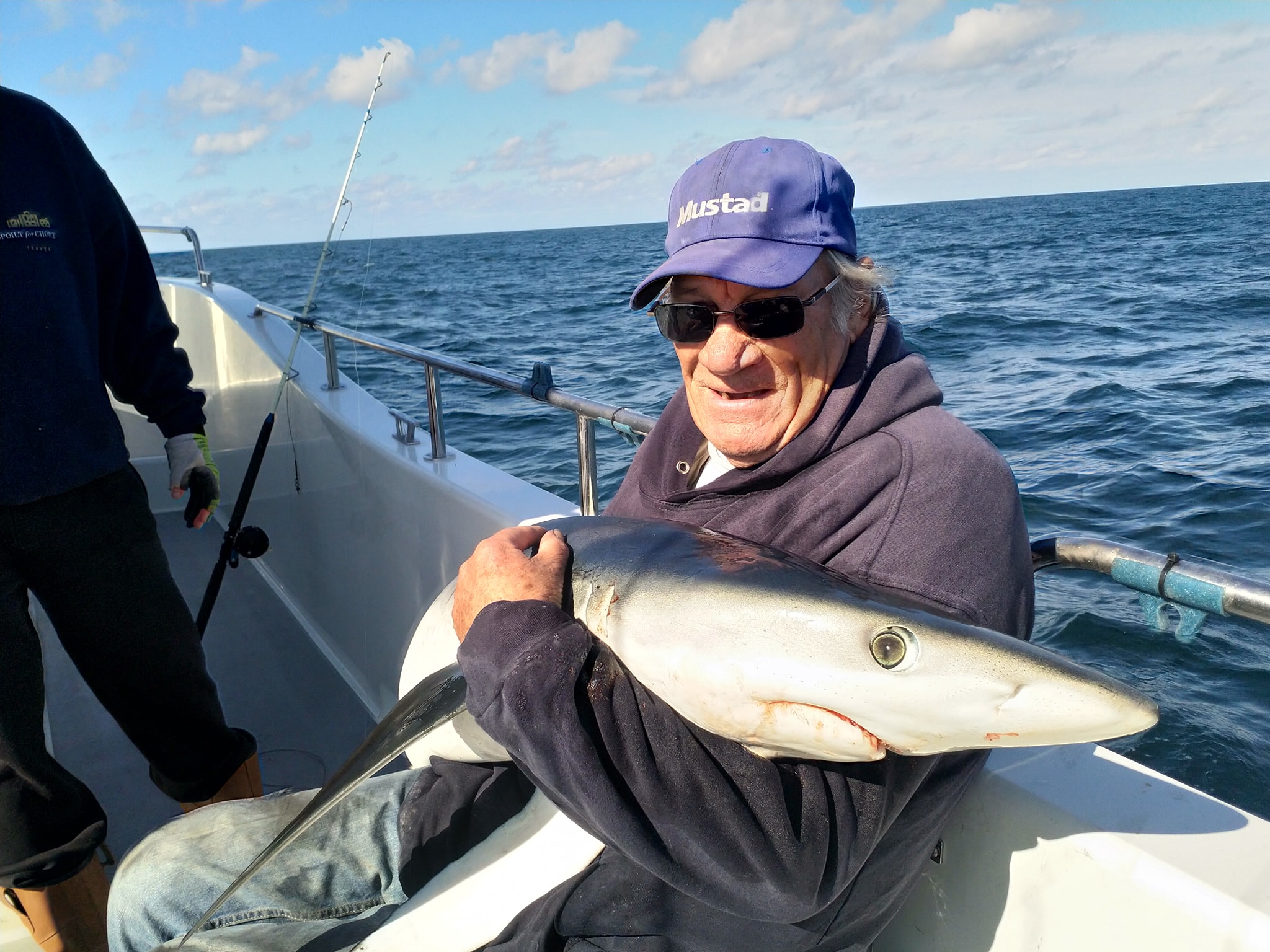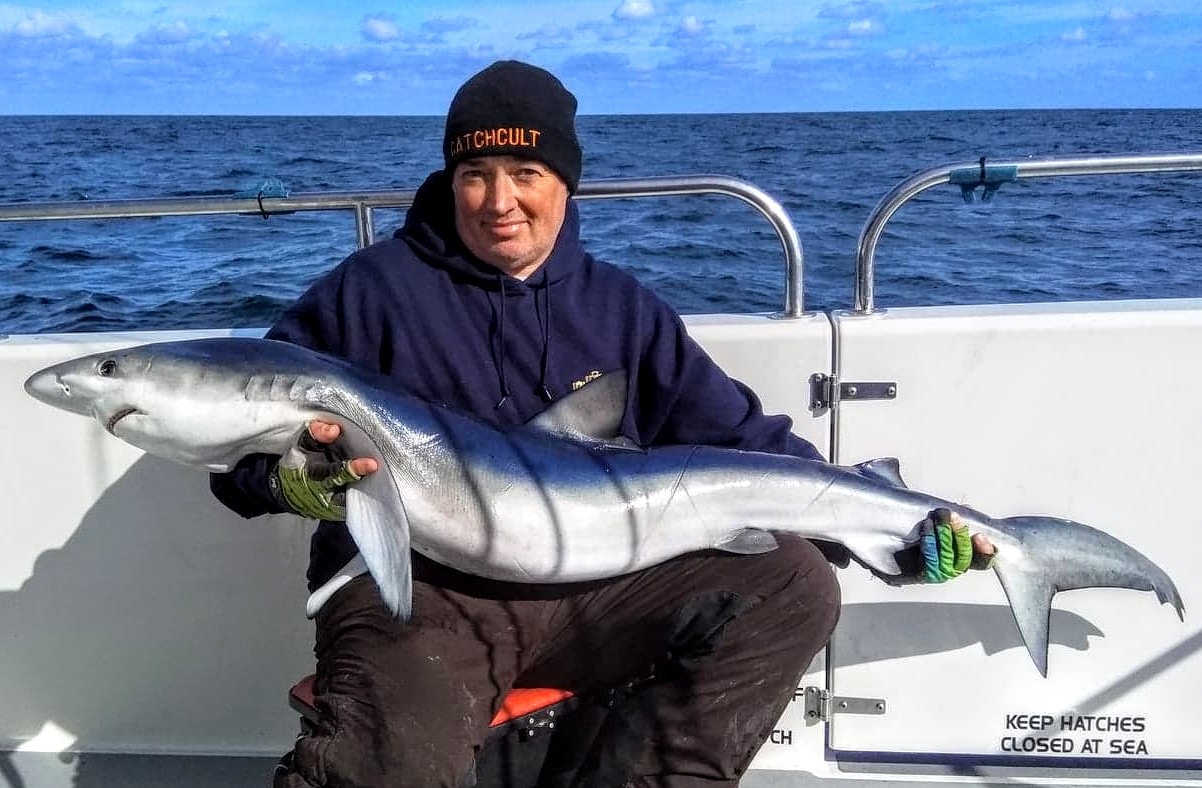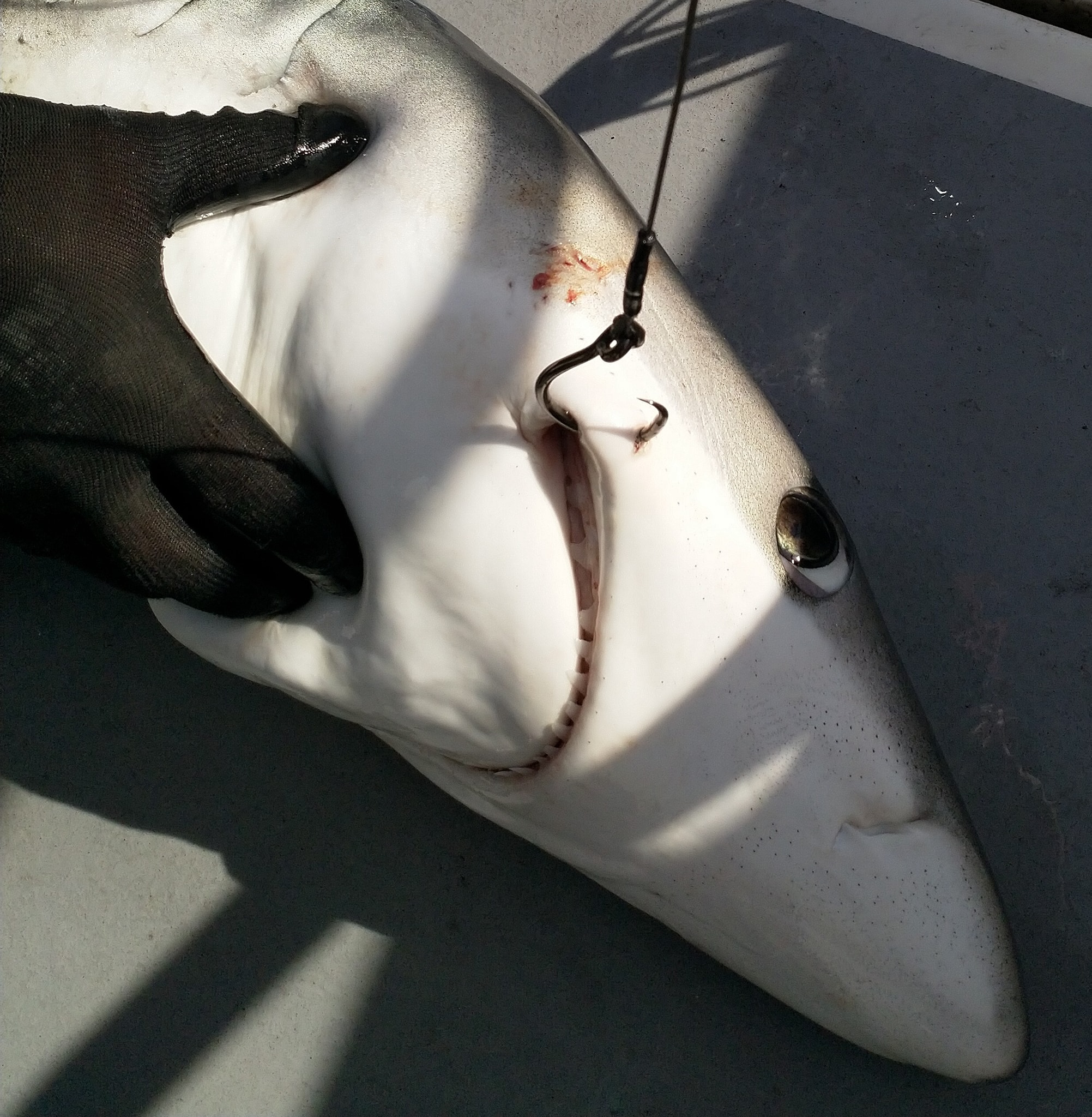Lower Slade Reservoir is closed for maintenance from October 8th until 27th October.

Lower Slade Reservoir is closed for maintenance from October 8th until 27th October.

Prospects for the coming weekend are looking good with a wide range of species available to target. Weather wise Sunday is the best looking day with light winds and sunshine. Fish don’t always worry about the weather though and night sessions could be profitable for bass, huss, conger and ray.
Combe Martin SAC are holding an Open competition over the weekend so this will encourage a few anglers to get out and see whats about. Might even win a prize from the sponsors Sakuma and Ardosia slate.
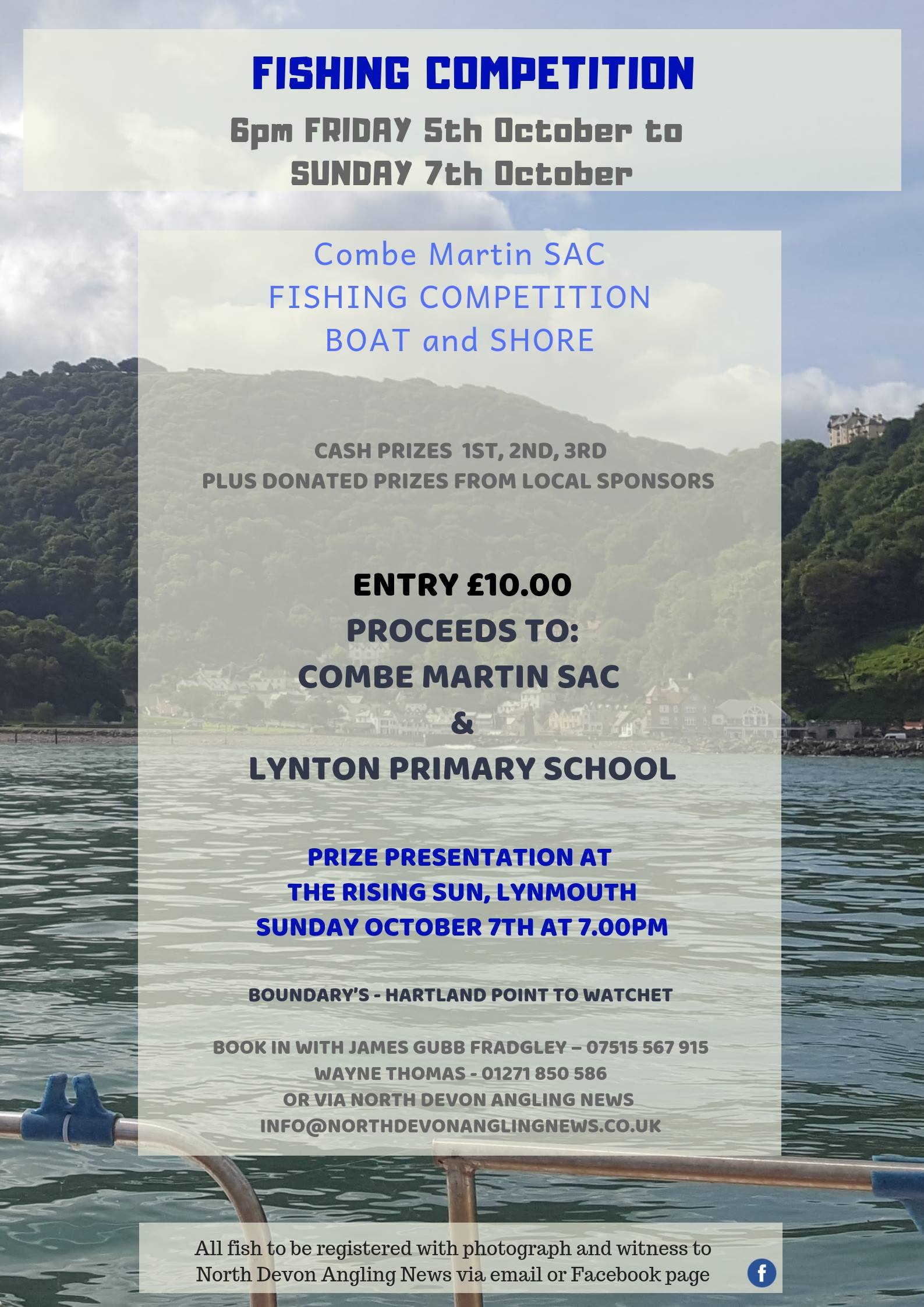
(Below)Mark Jones fished a local rock mark and landed a fine smoothound and beautiful wrasse.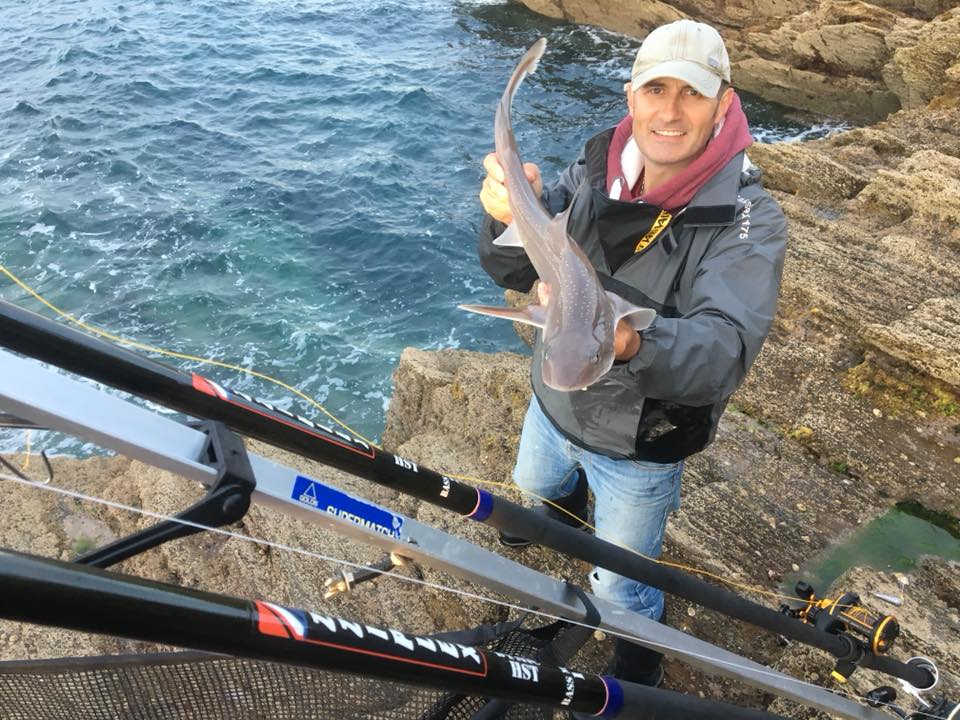
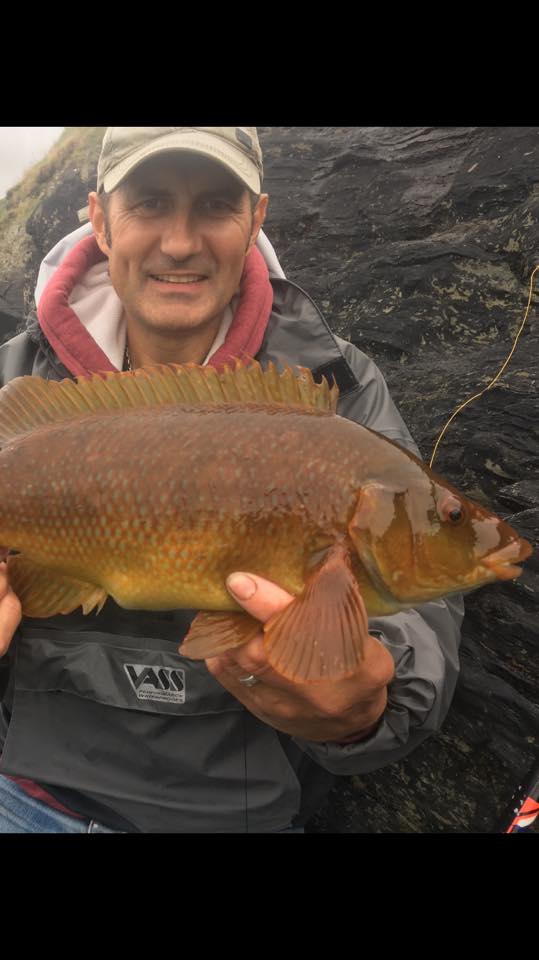
(below) John Shapland caught this fine grey mullet earlier this week.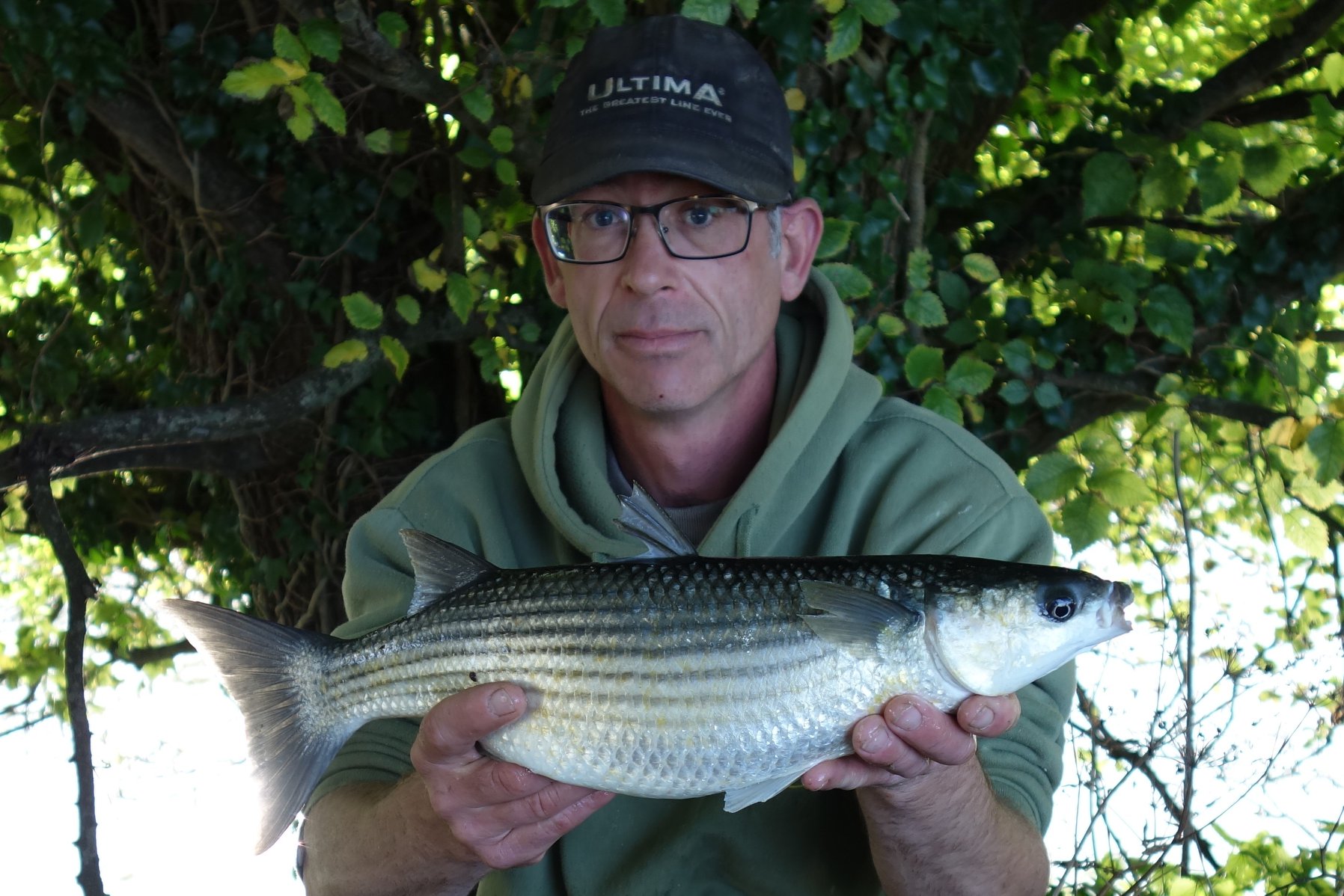

Prospects are excellent for the next few weeks with a wide variety of species to target. Bass, grey mullet and flounder should provide sport on lighter tackle with conger, tope and ray for those using heavier beach rods. I welcome your news and pictures for North Devon Angling News and Sea Angling News.
Ali Laird caught this hard fighting 24lb 8oz tope from a North Devon Rock mark it is his second of the year. Ali lost another tope that picked up a spider-crab and squid cocktail chomping through 80lb mono!
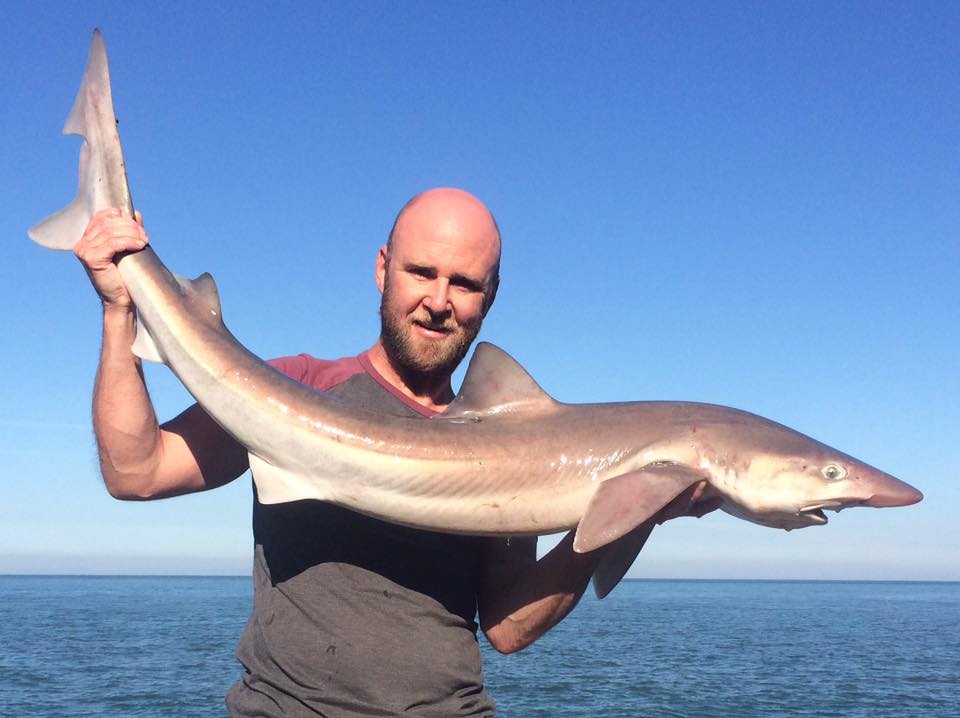
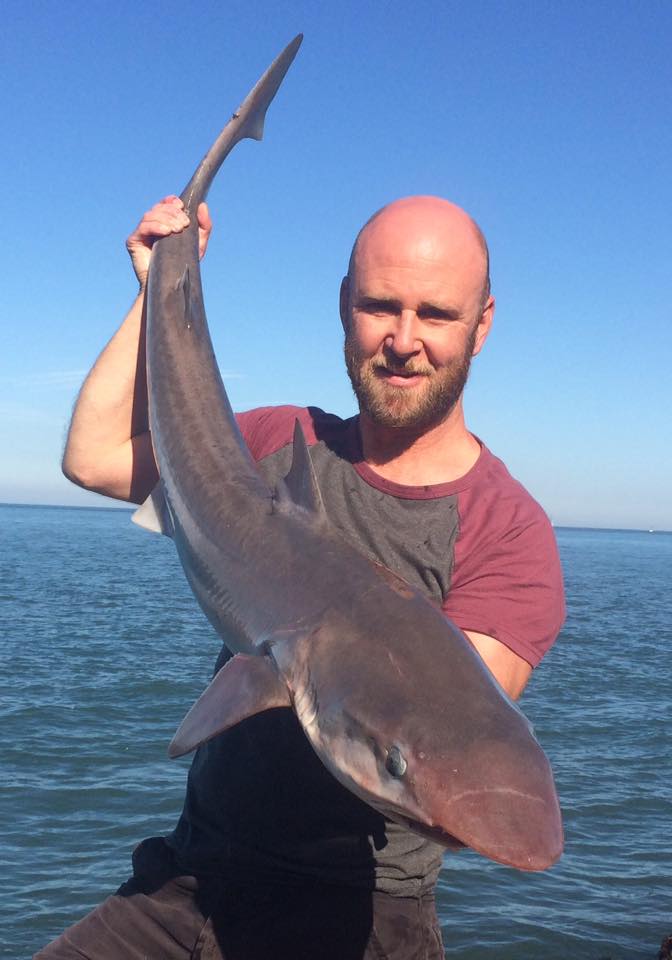
(Below)Dan MIles Redmore enjoyed a successful session on one of North Devon’s local beaches catching six small eyed ray to just over 7lb & a blonde 11lb 10oz.
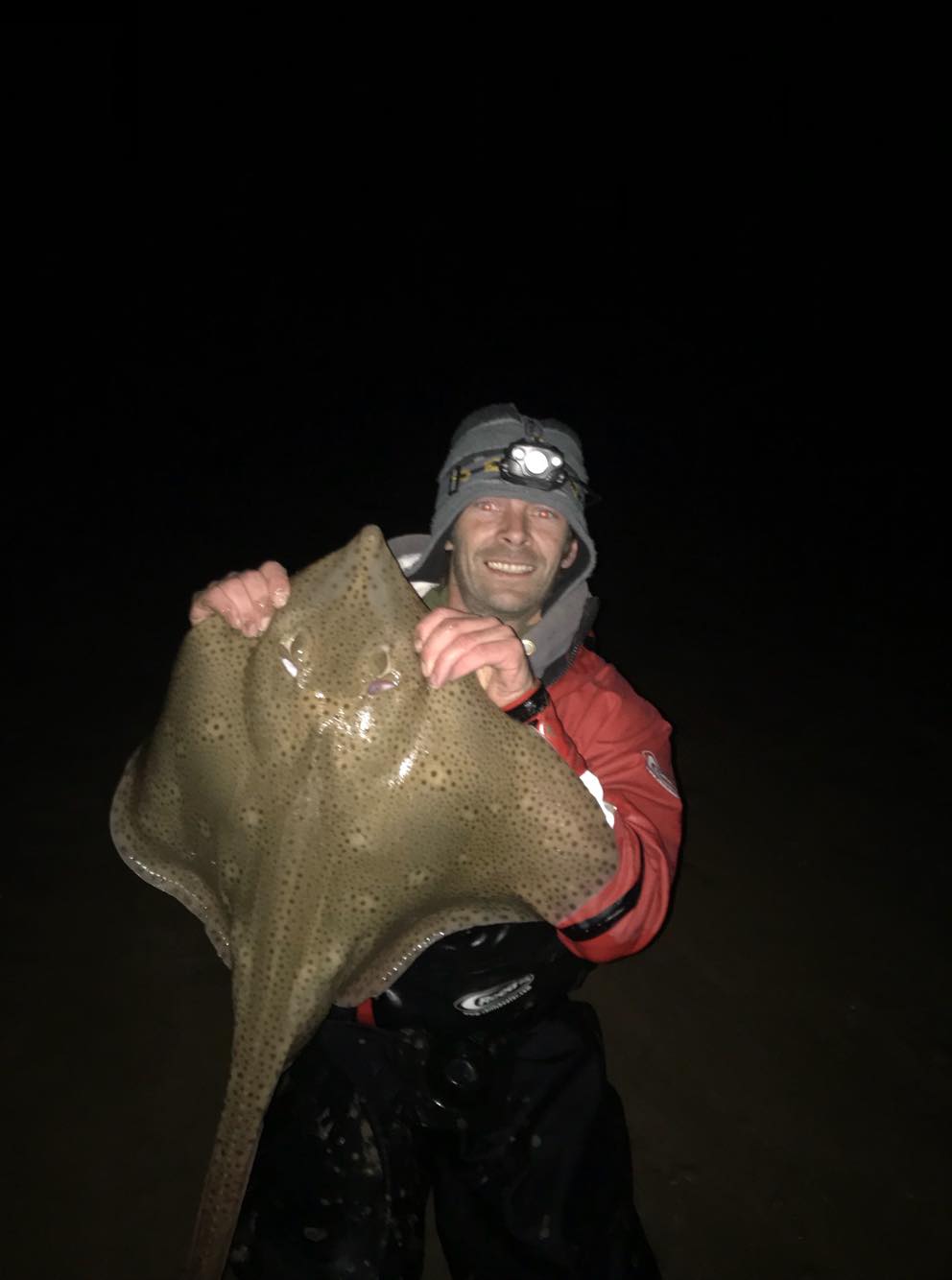
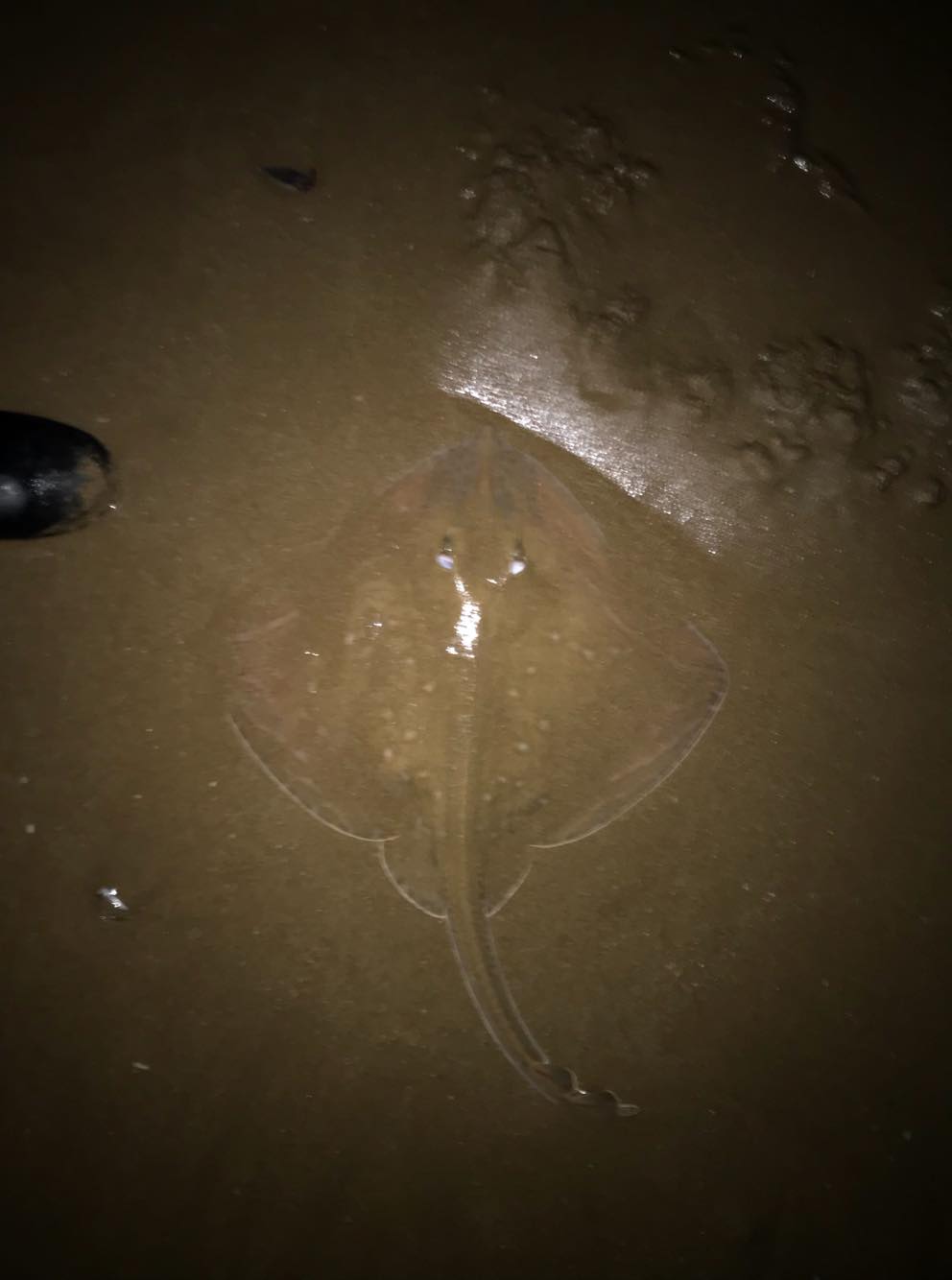
 (Below) Ian Hooper and Nick Job set out in search of spotted ray and enjoyed success with Nick landing this pleasing ray of 2lb 8oz.
(Below) Ian Hooper and Nick Job set out in search of spotted ray and enjoyed success with Nick landing this pleasing ray of 2lb 8oz.
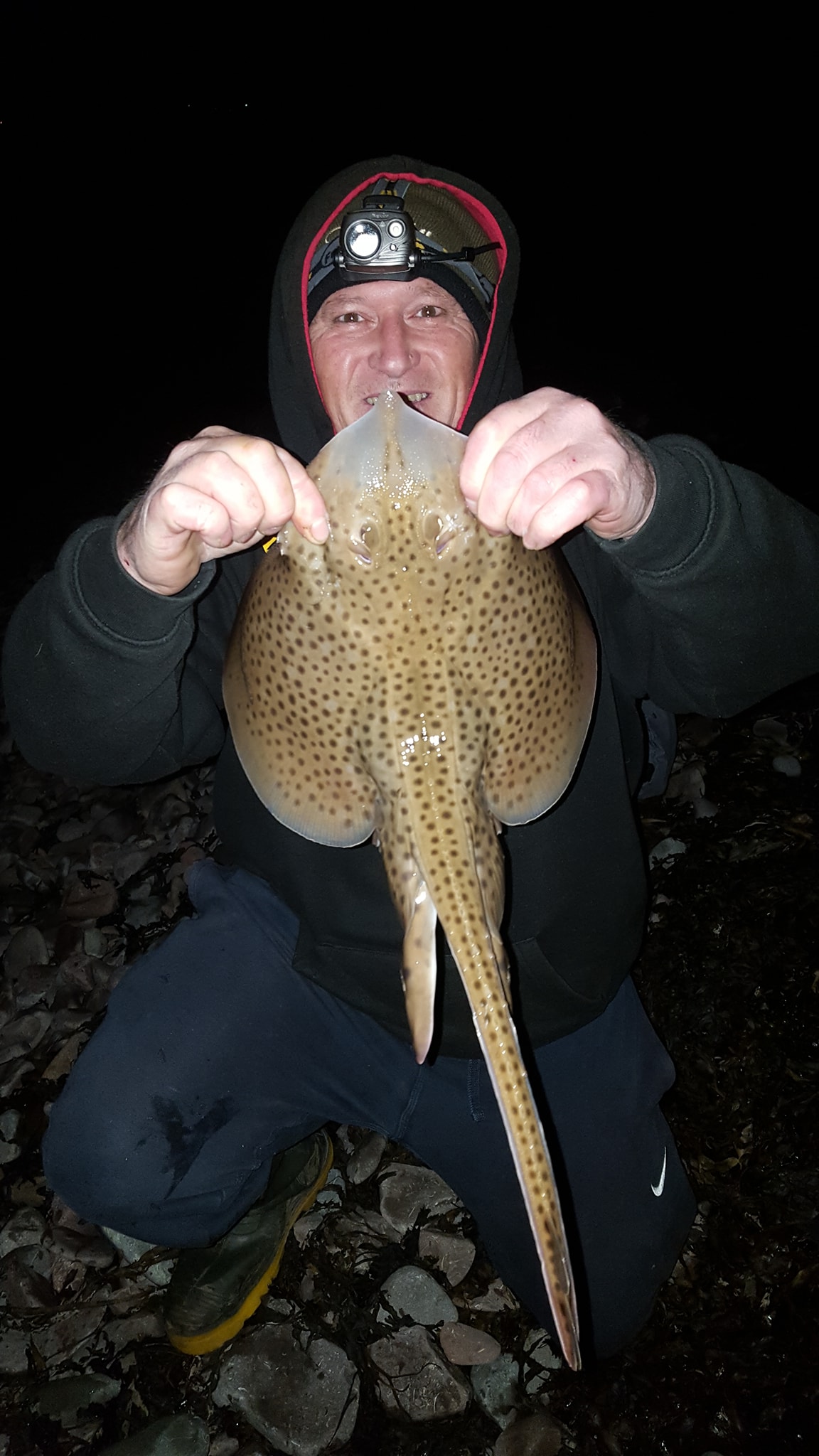
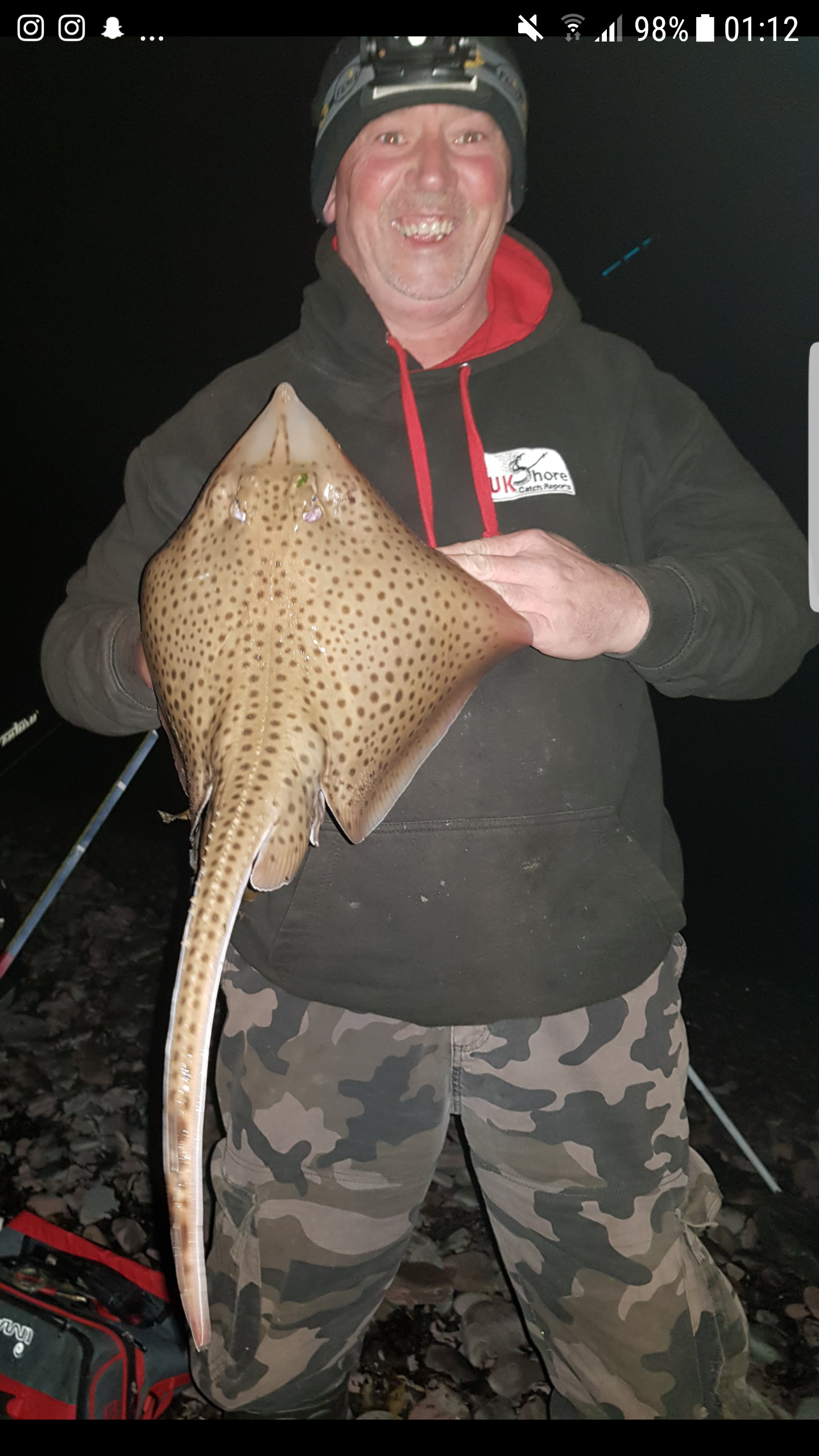
Jonathan Stanway has won Combe Martin Sea Angling Clubs Summer Lure Competition BIG FISH OFF with a bass of 31cm.
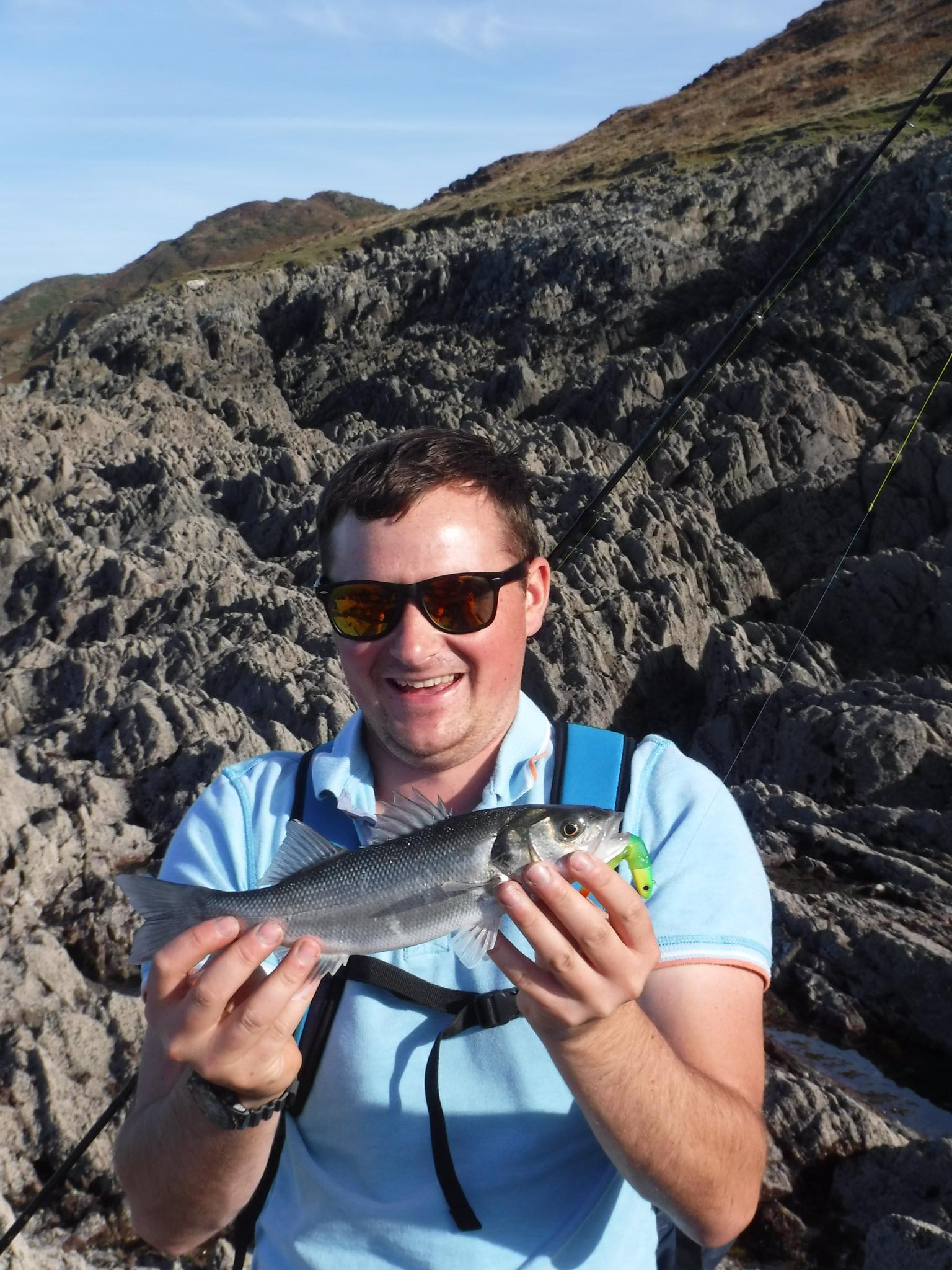
The fish off was organised following the two month long lure fishing competition resulting in a draw for the runner up spot with Jonathon Stanway, Ross Stanway and Daniel Welch all catching bass of 55cm. The Lure competition was won by Danny Watson of High Street Tackle who kindly donated the prize of a top quality HTO Nebula Lure Rod to the runner up.
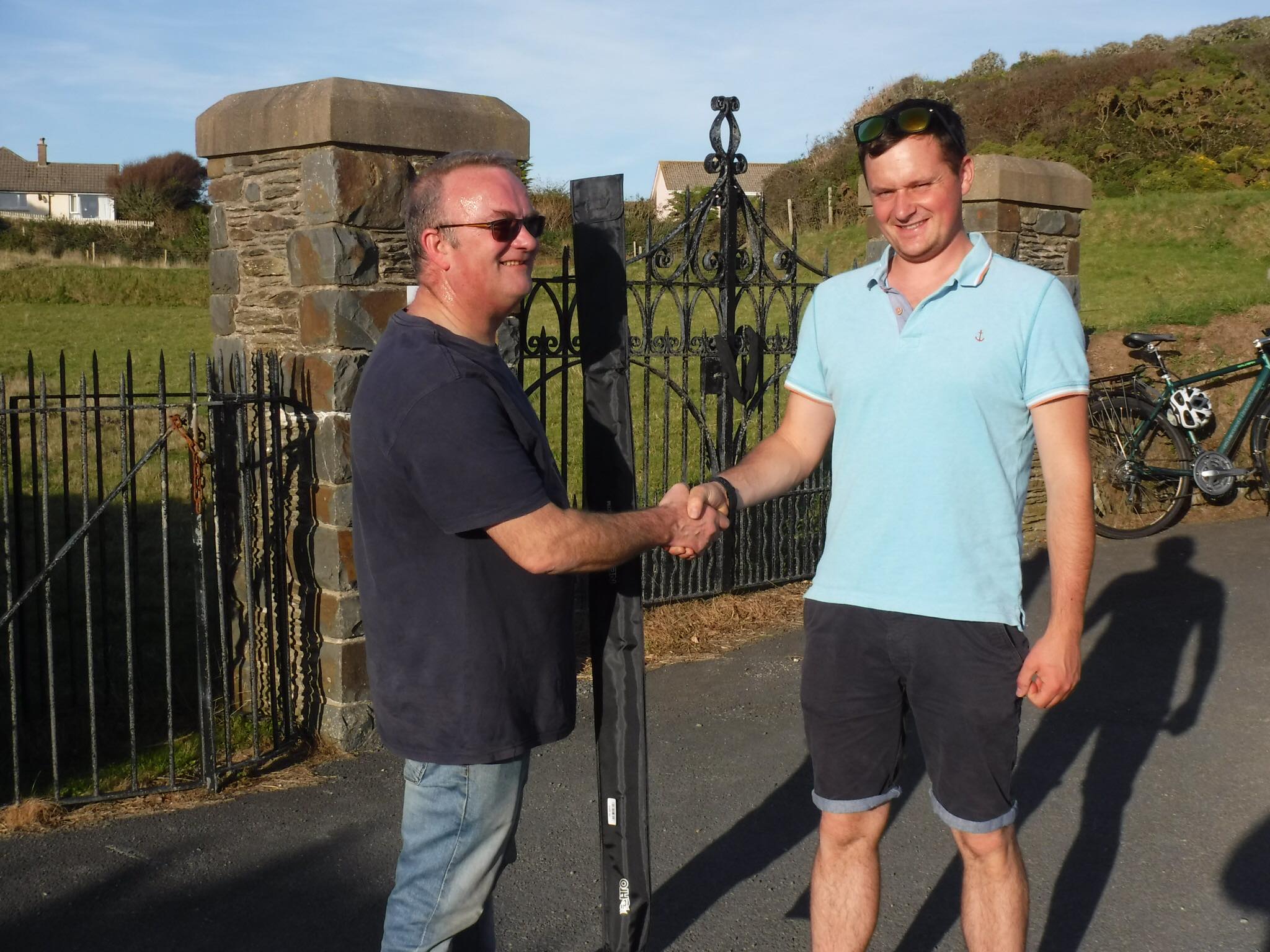
Dan Welch sent me this write up on an enjoyable afternoon at a well known North Devon headland.
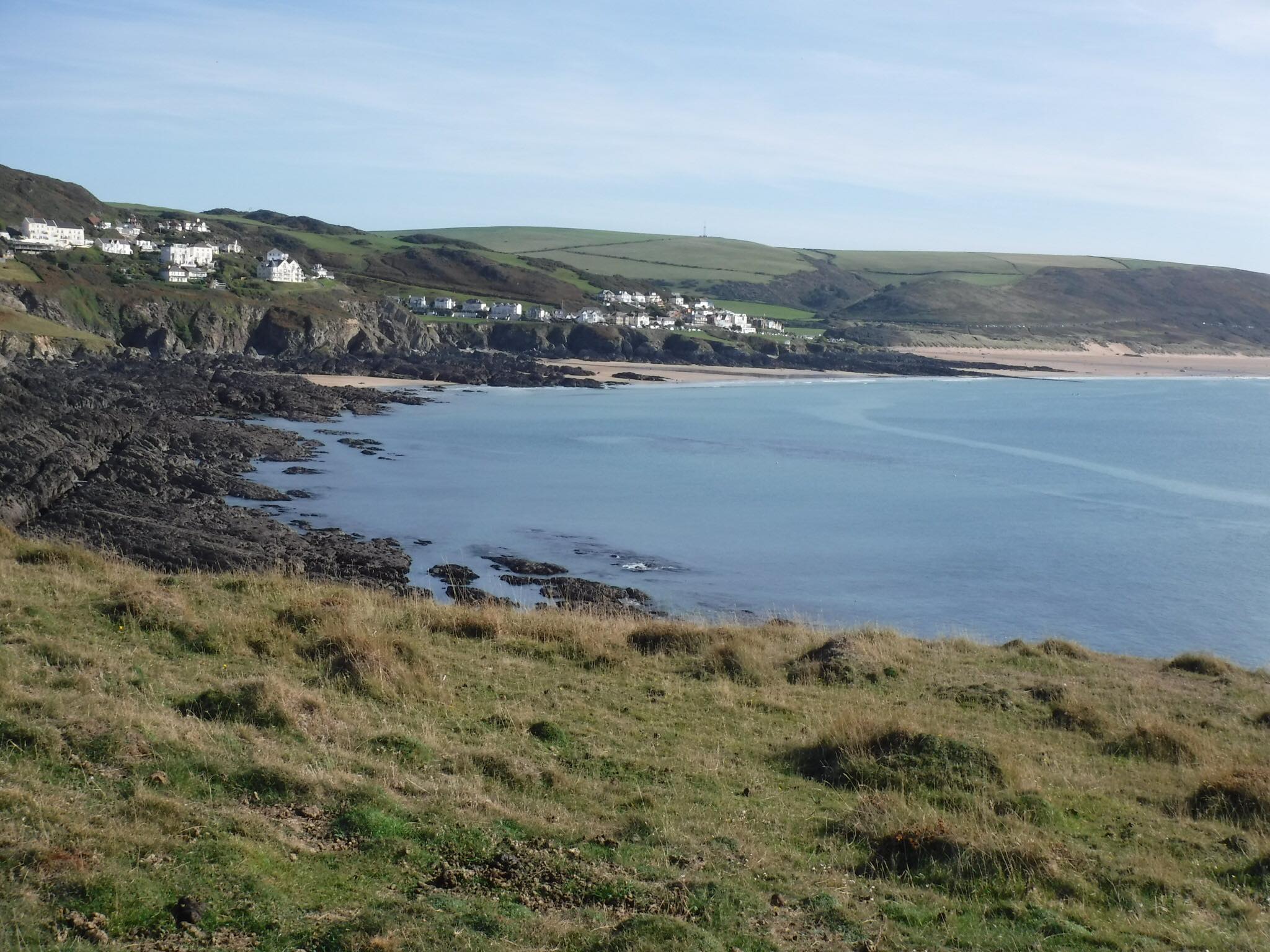
“Awesome weather and company including a number of seals but the fishing was slow despite trying various hard and soft lures including surface and sub surface lures. Bright clear conditions meant we were all hopeful of some surface lure action but only one fish took a surface lure. A lot of ground was covered fishing deep kelp covered gullies and I think we nearly killed Danny with the amount of walking and rock hopping we did. The winning fish was caught on a bright green size 4 fiiish lure. Danny also caught on a small pachinko surface lure. Despite a number of garfish following various lures the were no signs of other fish. Despite the lack of fish it was a great afternoon.”
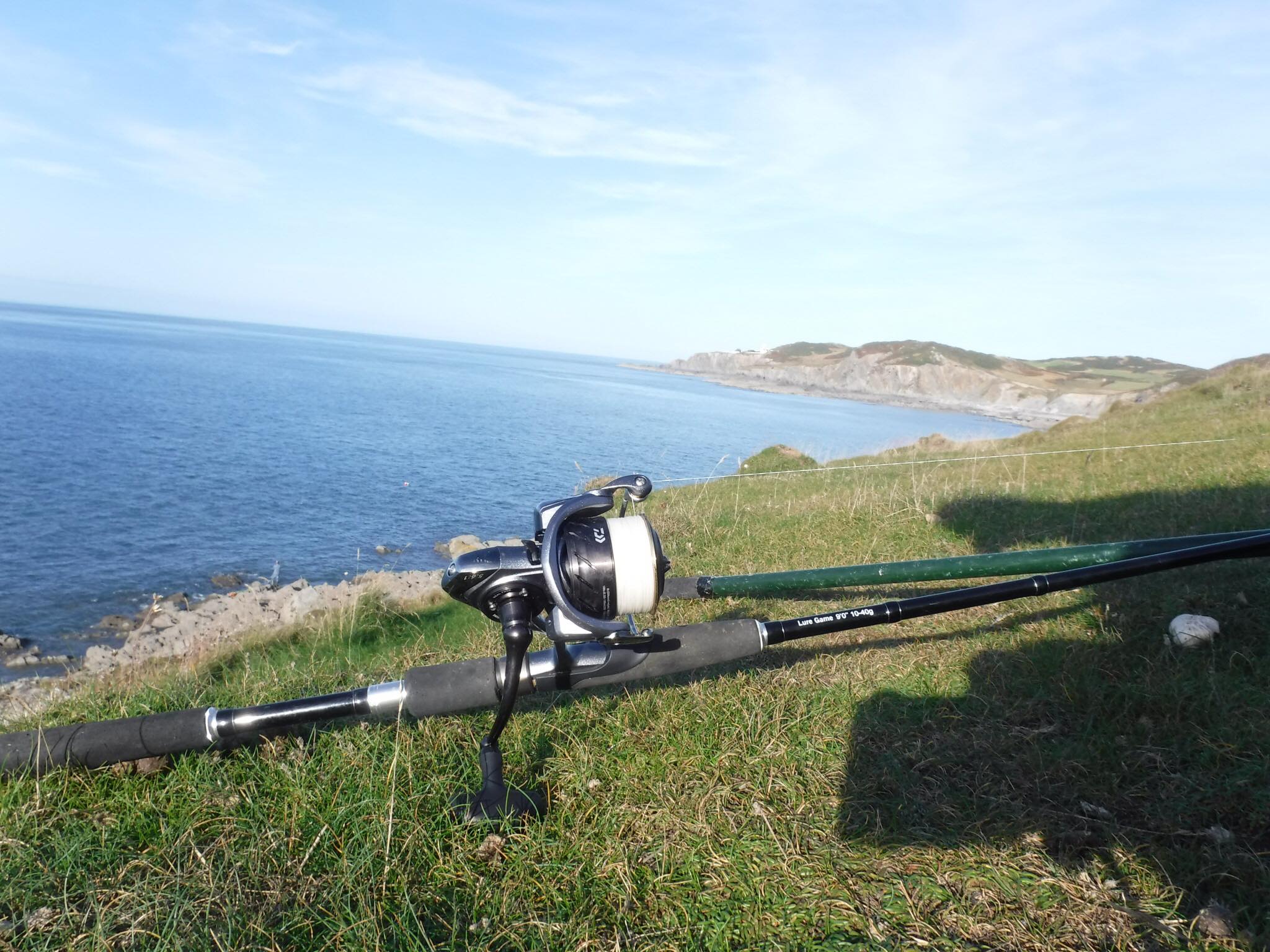
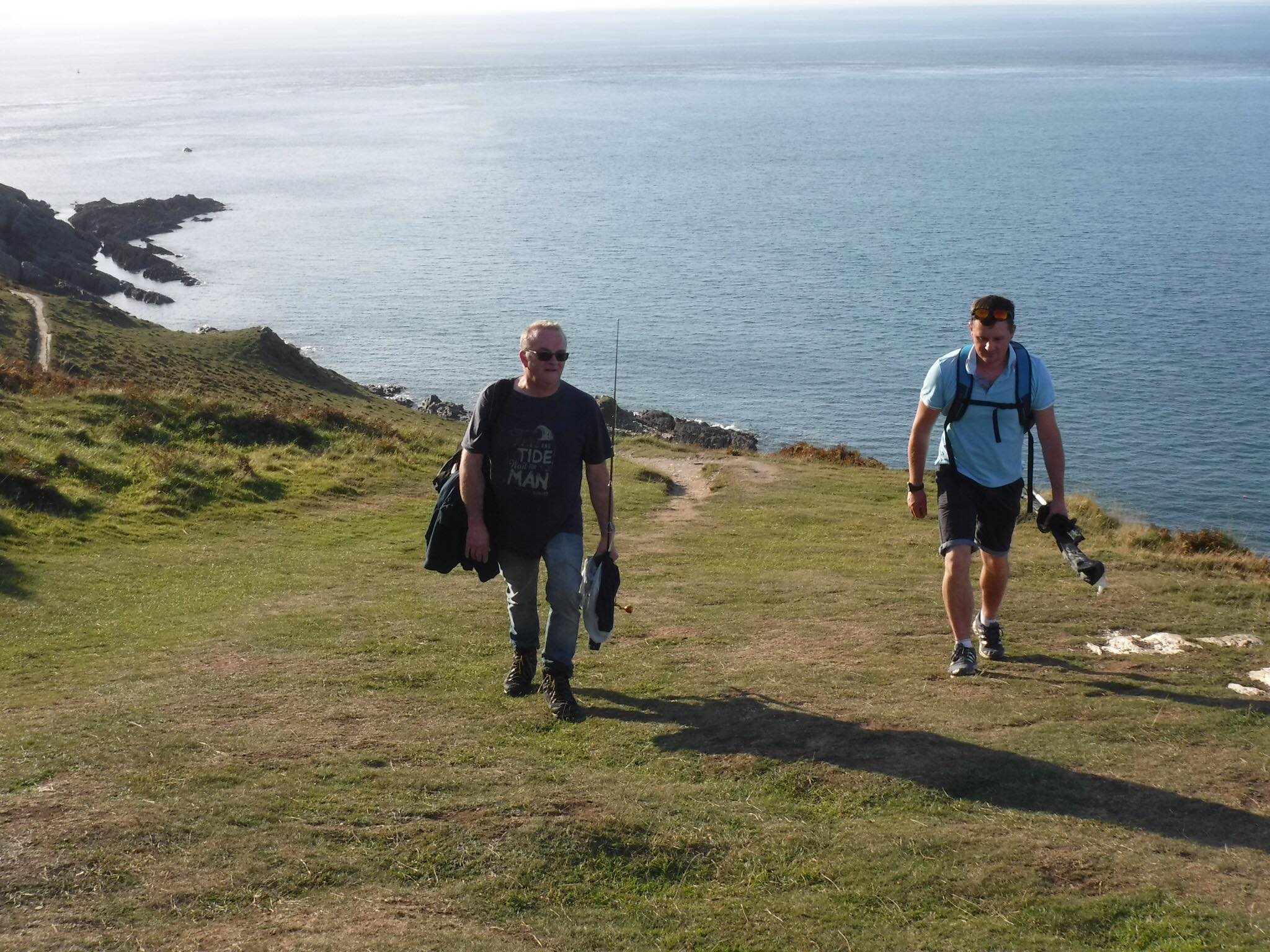
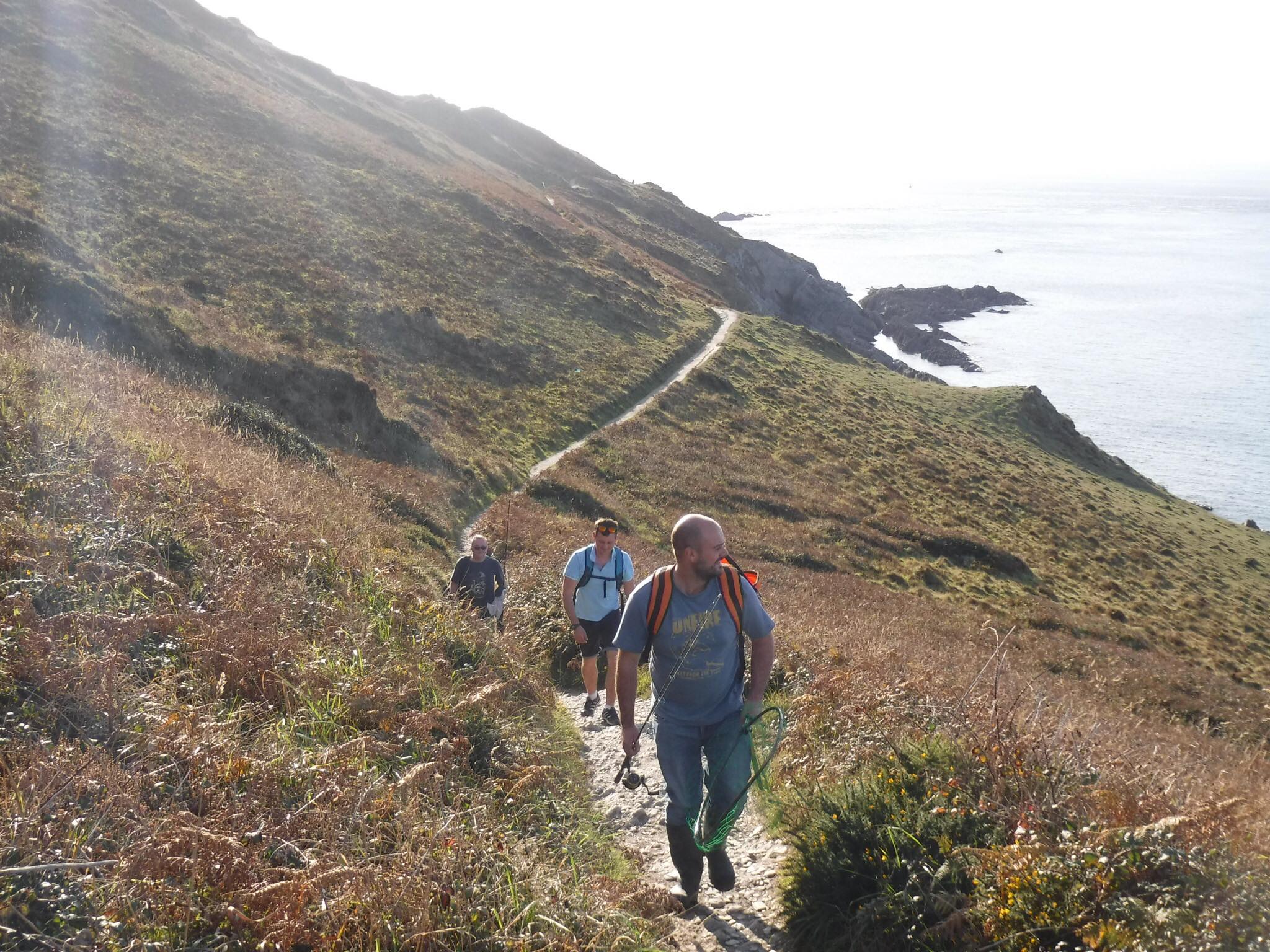
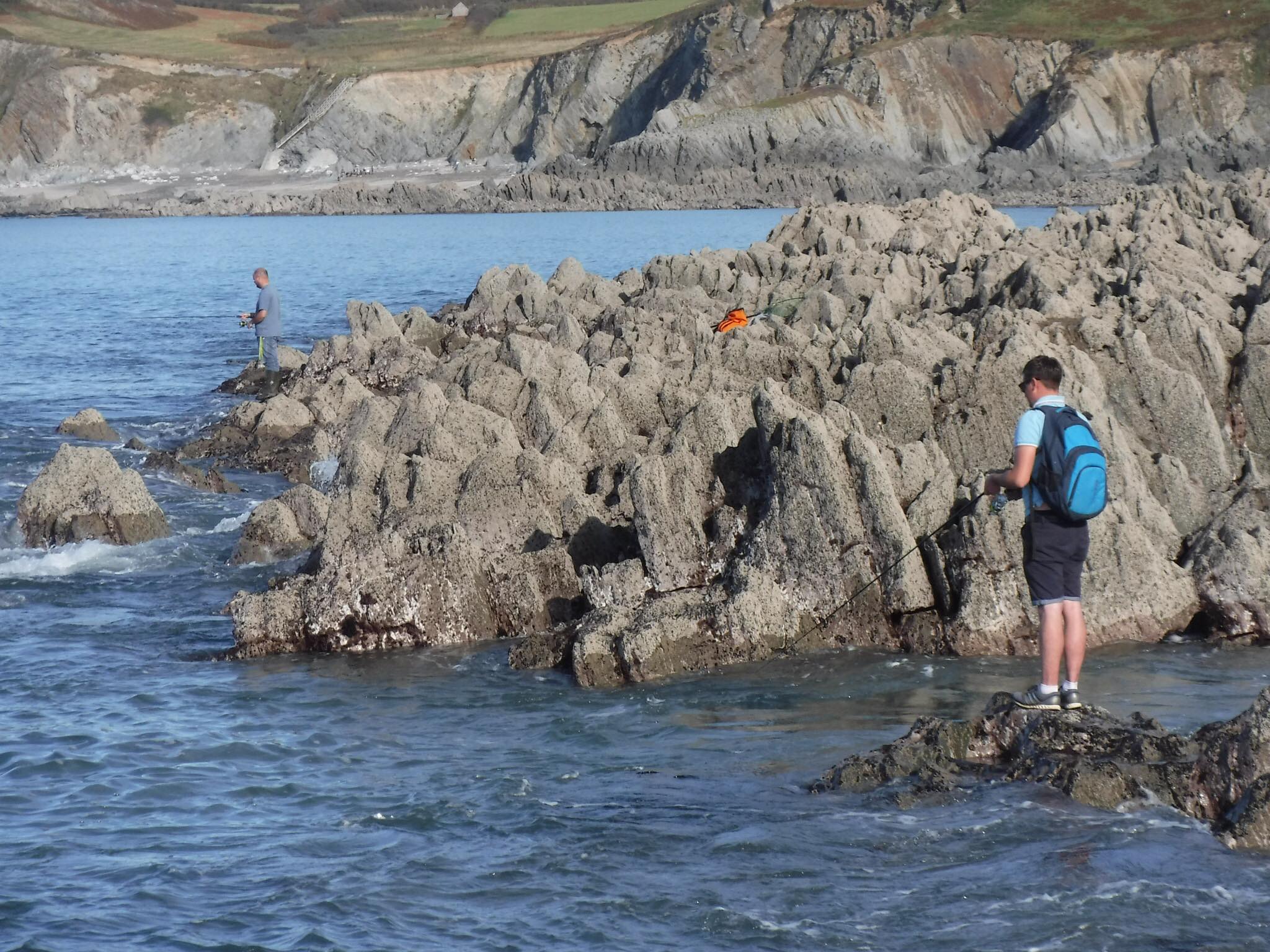
Ollie Passmore enjoyed a great session at a North Devon rock mark landing several trigger fish to 2lb 6oz. The previous night Ollie landed a fine bass from a local beach of 5lb 14oz. Trigger fish are likely to be around at least another month providing temperatures do not plummet. These fish of warmer climes are often found washed up on beaches early in the winter as water temperatures drop.
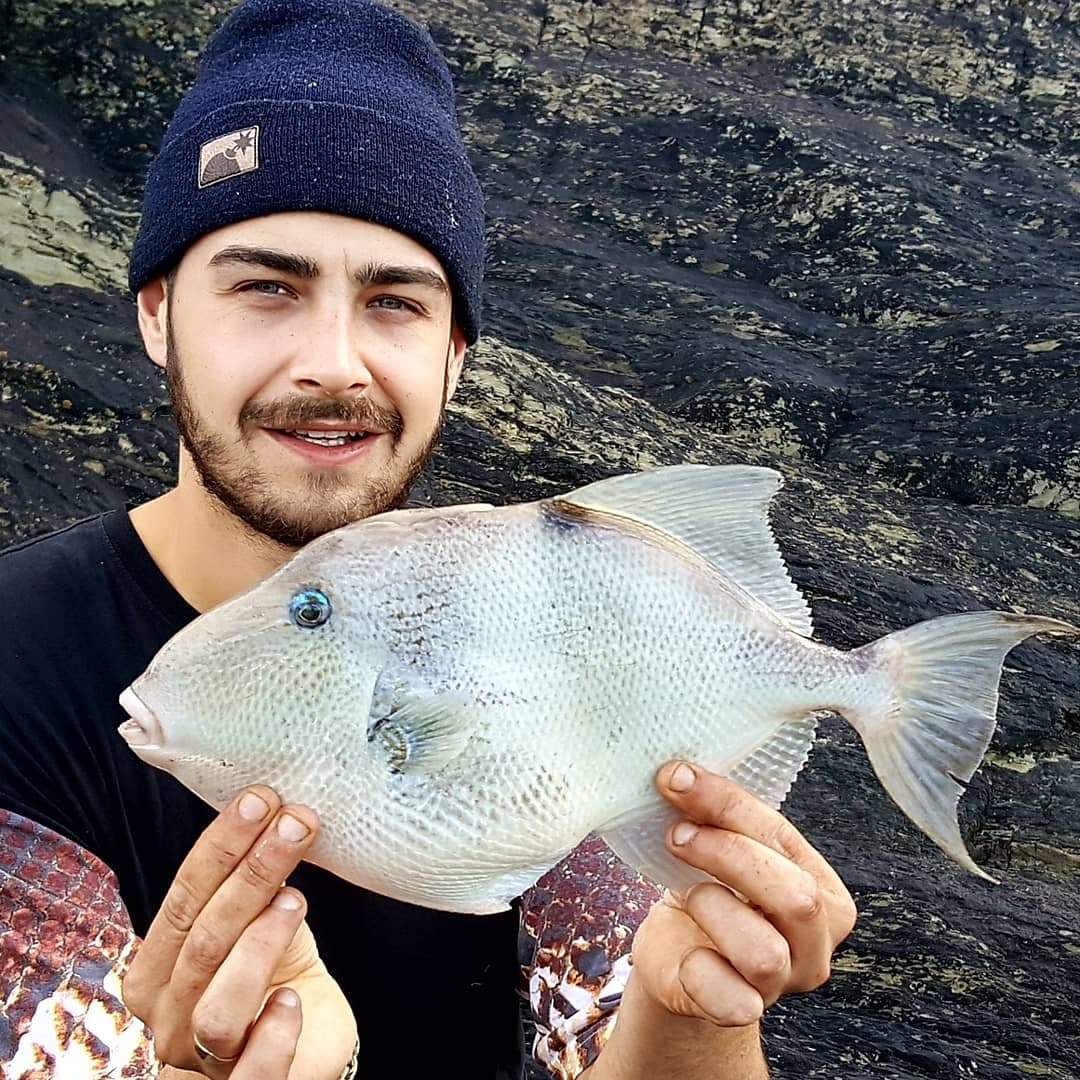
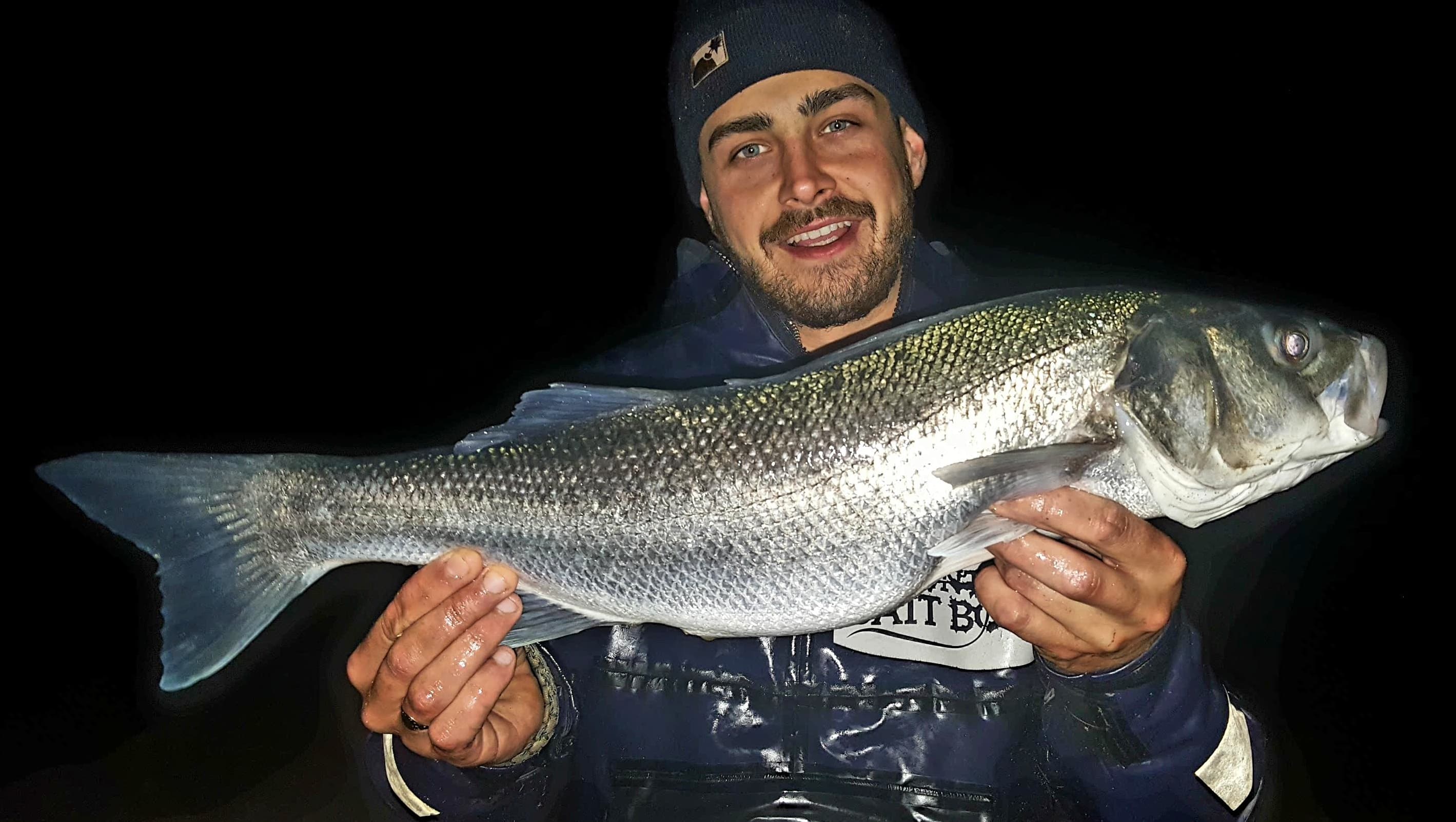
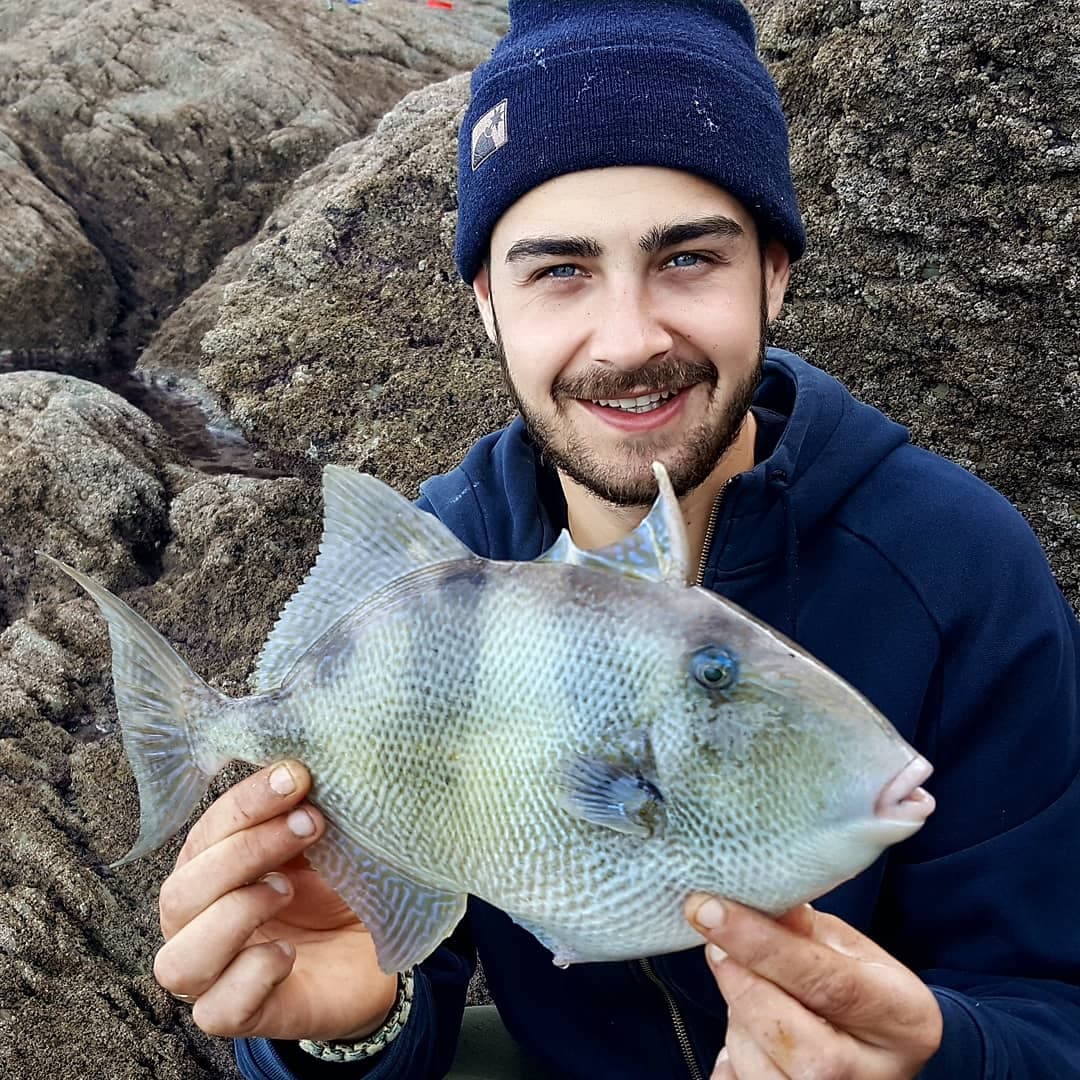
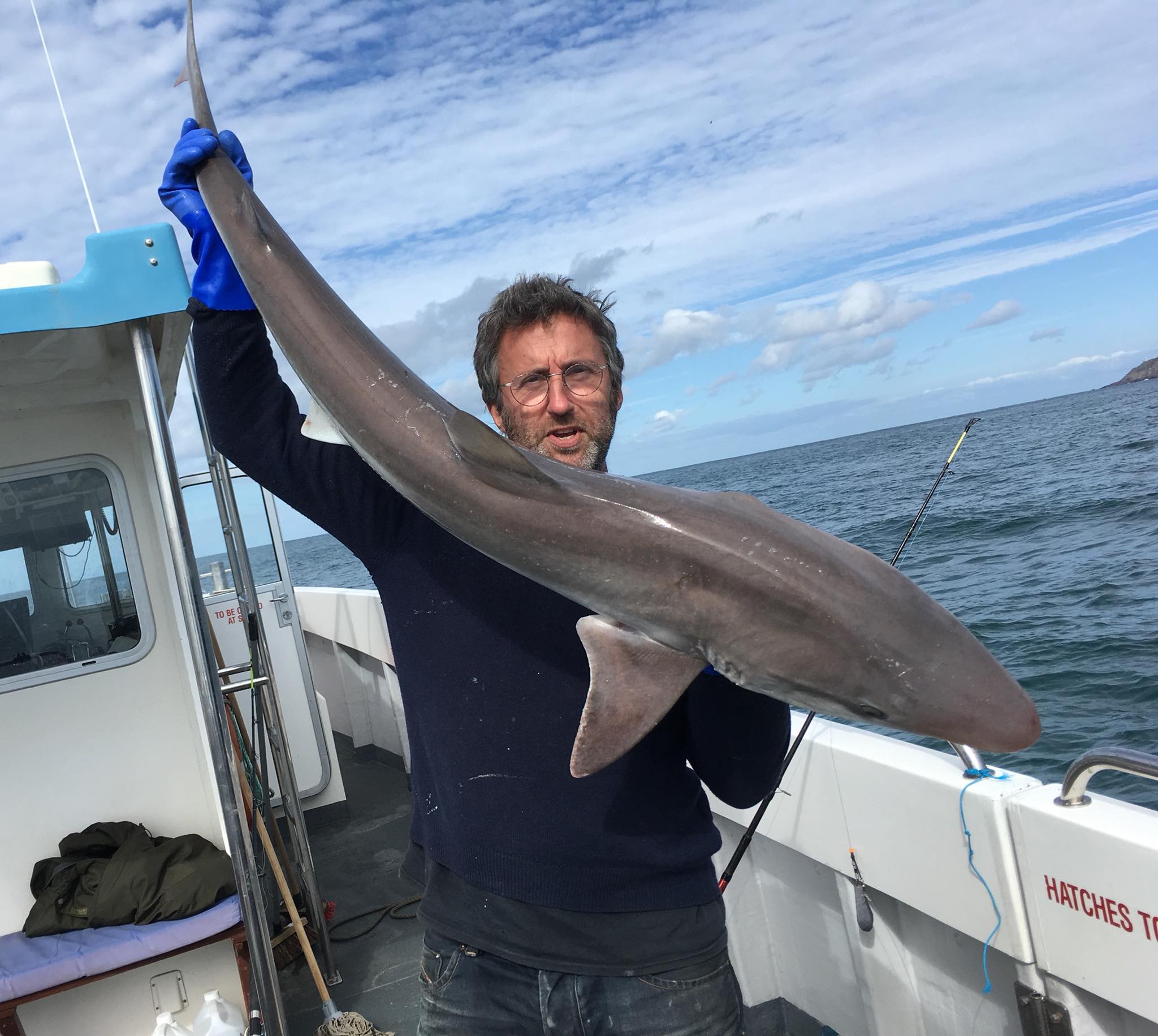
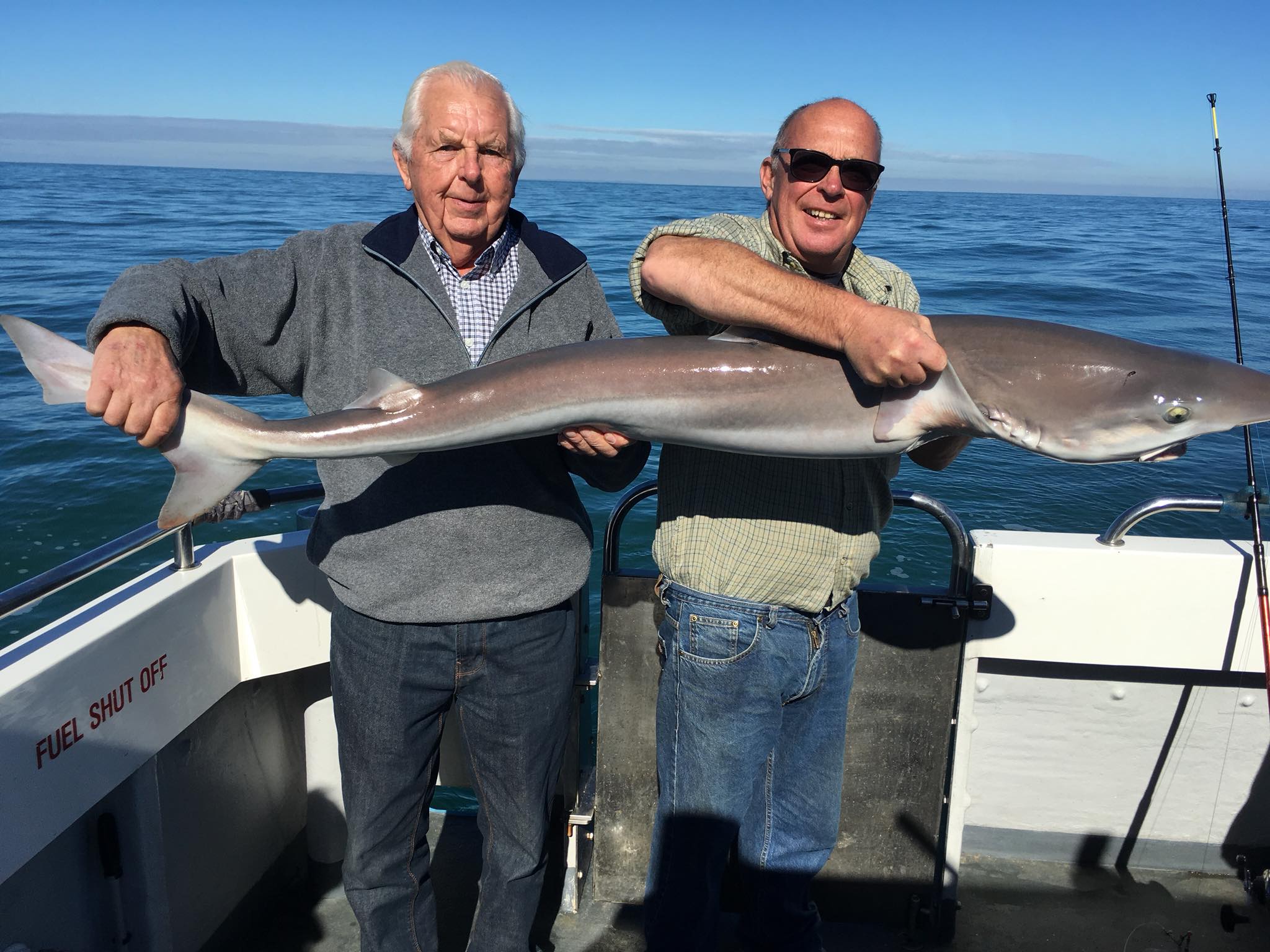
(Above) A fifty pound plus tope for first timer Colin.
Bluefin will be running fishing trips out of Ilfracombe throughout the winter months at present there are still a few tope being caught and bass from the reefs. With the new that anglers can now retain one bass per day trips to reefs will be popular with option to keep the occasional fish for the table.
Dan Hawkin’s has been taking anglers to fishing grounds far off the North Devon coast on his boat Reel Deal where they have made some spectacular catches of shark not seen off North Devon since the 1970’s. The party of anglers set a boat record of 28 blue shark up to 97lb on the first day. On the second day of their charter Jason Heenan boated a superb blue shark of 133lb.
The anglers boated 38 shark over the two days with Ammo Baits Chum attracting the fish and Penn Rods and reels from High Street tackle taming the fish.
The fishing is strictly catch and release with circle hooks ensuring that the majority of shark are hooked in the jaws where hooks can be easily removed. Fortunately the days of slaughtering these beautiful fish has been consigned to the history books where such practices belong.
Dan has enjoyed considerable success over past couple of years with anglers boating huge porbeagle shark, a thresher shark and blue shark with catches unheard of in recent years. The success has come on the back of significant investment and effort with the will to travel long distances with no guarantee of success. The future is exciting and expect Dan’s diary to be filling already with booking for next year.
